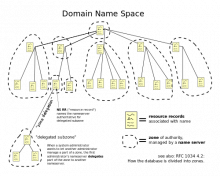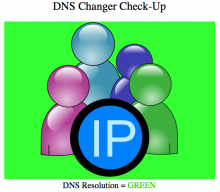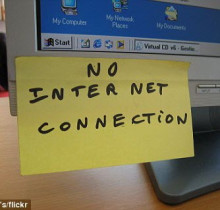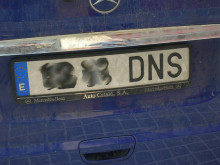Valve DNS privacy flap exposes the murky world of cheat prevention
Like most online game makers, Valve uses a cheat detection system to protect popular multiplayer games like Counter-Strike: Global Offensive, Team Fortress 2, and Dota 2 from hacks that would give a player an unfair advantage. That Valve Anti-Cheat (VAC) system was at the center of a potential privacy bombshell earlier today, with accusations that the system was sending Valve a list of all the domains that a system has visited whenever a protected game was played.












































































